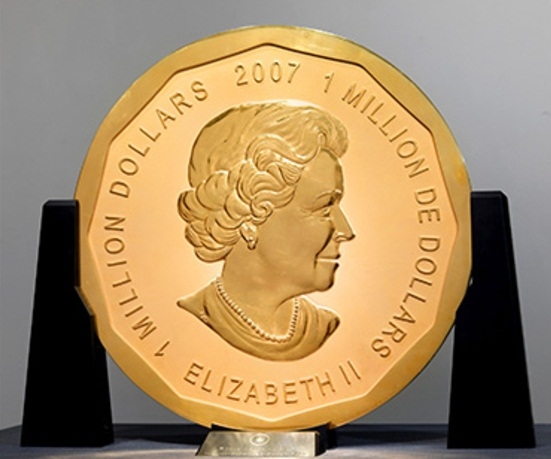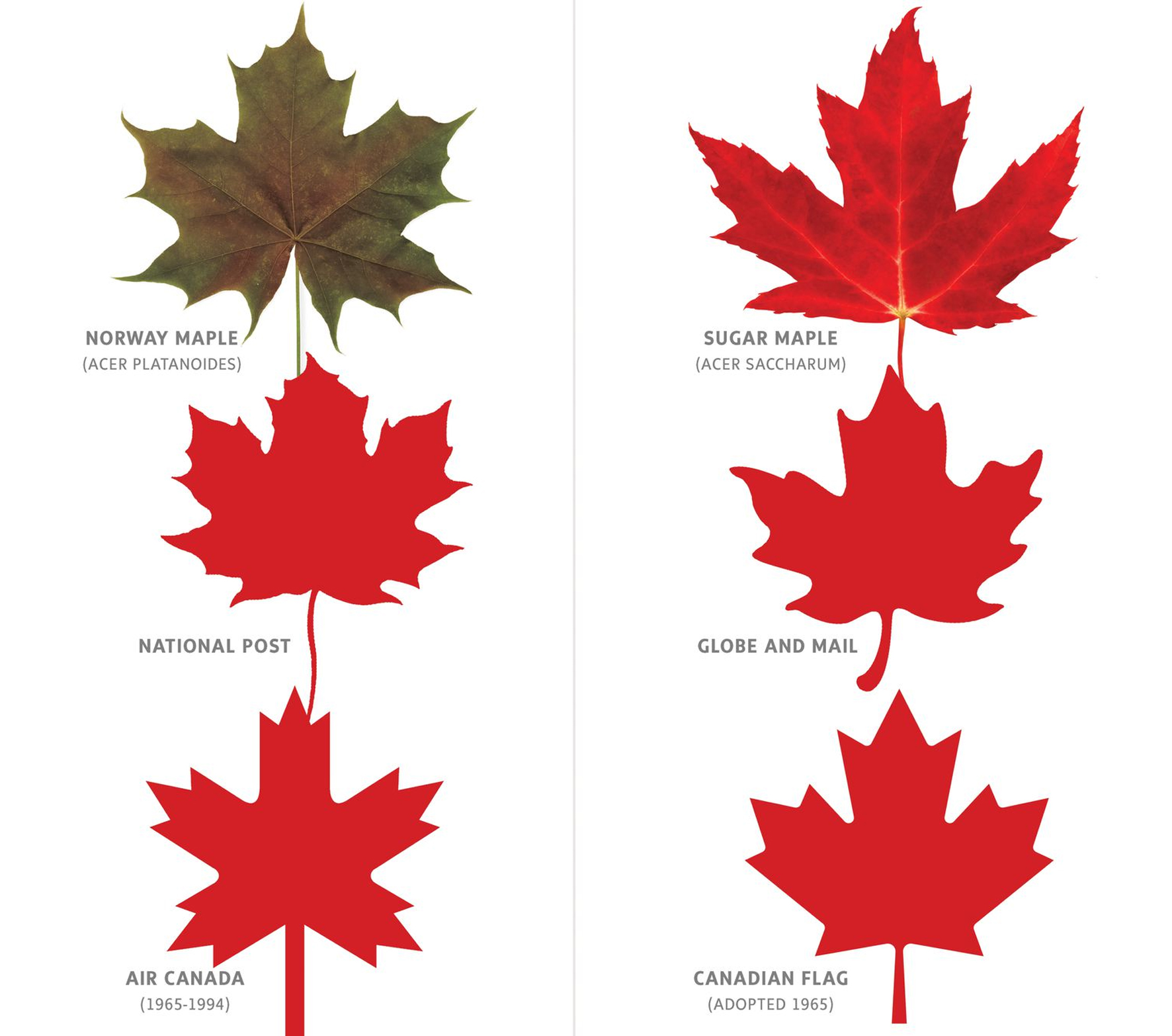

Amaranth leavesĪmaranth leaves are not yet widely known, but offer specific benefits for the shrimp. You can easily cut the leaves to size with scissors. Give approximately 1/4th leaf per 10 gallons or 40 liters of water. Shrimps eat the soft leaves and can this way have food for a long time. In this way, you can benefit from leaves in various stages of decomposition in the water. Where a Catappa leaf decays after about a month, a teak leaf takes about two months. It takes a long time for teak leaves to decay in the water. These substances are disease-resistant and slightly lower the pH. Teak leaves contain tannins that get released into the water after adding the leaf. Teak leaves have a similar effect as Catappa leaves but without the brown discoloration of the water. The leaves also promote the immune system of shrimp. The walnut leaves have an antibacterial effect thanks to tannins, enzymes, humic acids, and chlorophyll. Walnut leaves also contain a lot of fibers and nutrients, which makes the leaves an excellent supplementary food. I still need to try these out for myself, but I heard from a lot of shrimp keepers how much their shrimp love these. Walnut leaves are a real delicacy for shrimp. Use about one to two leaves per 10 gallons or 40 liters. Mulberry leaves generally have about 43% of Carbohydrates, 25% Fat, 24% of Protein, and 6% Fiber. Use the dried mulberry leaves as an organic, vitamin-rich treat to promote successful scaling (shedding) and scale growth for all types of shrimp. The many carbohydrates and fibers make the mulberry leaves part of a varied diet. They are also a great source of minerals such as magnesium, iron, and zinc, along with essential electrolytes such as sodium and potassium.
#MAPLE LEAF VS OAK LEAF FULL#
Mulberry leaves full of nutritious vitamins, including vitamin A (beta-carotene), B1 and B2. Use about one leave per 10 gallons or 40 liters. Tip: pouring over with boiling water ensures that the leaves will sink faster. They are a good source of natural food for shrimp, dwarf lobsters, snails, and small catfish (pleco’s). In many ways, they are similar to Catappa leaves only tougher and will take longer to decay. It works in preventing the Vibrio bacterium that is the cause of many shrimp diseases. Guava leaves have an antibacterial effect against worms, infections, and bacteria that cause diseases. Guava leaves are the ideal supplement for freshwater shrimp and other invertebrates. Nettle leaves, only the top of the leaves can sting Guava leaves The fibers stimulate the intestinal tract that way, nutrients can be absorbed better. The nutrients and fibers are also very beneficial to the growth and development of shrimp. Silicates support the shedding and strengthening of the shrimp’s outer shell. The high content of silicates is especially essential for shrimp. Nettle leaves are very rich in various nutrients, silicates, and fibers. Nettle leavesĪfter Catappa leaves, maybe the most commonly used leaves are Nettle leaves for shrimp. We have another article that takes a more in-depth look at Indian Almond Leaves for your shrimp. The leaves are, therefore, an excellent supplement. Shrimp find the leaves and the biofilm that will form on it very tasty. They give the aquarium a natural look, strengthen the colors of fish and shrimp, reduce stress, and work preventively against diseases in the aquarium. Indian almond leaves or Catappa leaves reduce the pH. natural leave litter Indian almond leaves

We will take a closer look at them and some tips on using them. What leaves do shrimp eat? Shrimp eat Indian almond leaves, Nettle leaves, Guava leaves, mulberry leaves, Walnut leaves, Peppermint leaves, Banana leaves, Spinach, Oak leaves, Birch leaves and Beech leaves.Īs you can see, there are a lot of different leaves you can feed your shrimp. You might be wondering: what can I feed my shrimp? We will take a look at the 13 most used leaves to feed your shrimp. There are a lot of options you can use to get this in your tank. Leave litter gives off beneficial properties to the water and the shrimp and other wildlife benefits from them, and can feed off them. What kind of leaves do shrimp eat? In the wild, a lot of leaves will fall in the streams and waterbodies shrimp live in.


 0 kommentar(er)
0 kommentar(er)
